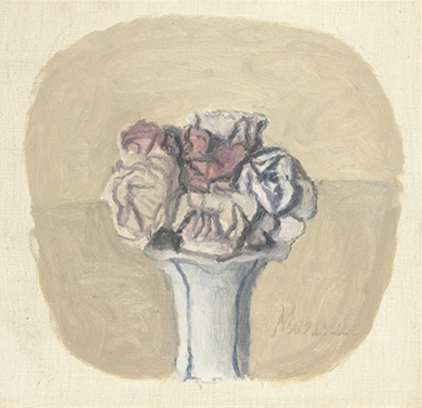Andrew Graham-Dixon studies small objects of desire in the work of Giorgio Morandi
HIS NICKNAME was ''Il Monaco'' (The Monk) and he spent a lifetime painting simple things: old bottles and cups and bowls and vases arranged in different configurations on a rugged wooden table-top in the flat that he shared in Bologna with his three sisters Anna, Dina and Maria-Teresa.
Giorgio Morandi (1890-1964), a bachelor with a reputation for reclusiveness, was the least hysterical of all 20th-century Italian artists. He knew the Futurists but never joined their maniac iconoclastic cult of modernity. He contributed, but only briefly, to Pittura Metafisica. Movements came and went, but Morandi just got on with the slow business of painting masterpieces and forged, out of his Franciscan devotion to poor and ordinary objects, an art that transcended the plainness of its subject matter.
''Giorgio Morandi: Five Paintings for Contemplation'', at the Accademia Italiana in Rutland Gate, is the smallest and quietest art exhibition in London at the moment. It is not controversial or topical. No anniversary, of birth or death, is being spuriously celebrated. It is not An Event, nor does it pretend to be one. No tombstone catalogue, no merchandise, no rhetoric; just five pictures by a great painter hung simply and sparsely in a large white daylit room.
Morandi painted his pictures slowly, and they require the slow viewing that this show encourages (the white room contains chairs to sit on as well as paintings to look at). They do not yield much to the casual glance because to look at them quickly is only to see their mundane subjects, the glass or the cup or the vase. What counts as much is the way they are painted. Morandi's table-top ensembles are endlessly mobile, their surfaces worked and reworked...

The still, small voice of turmoil
01-06-1993

